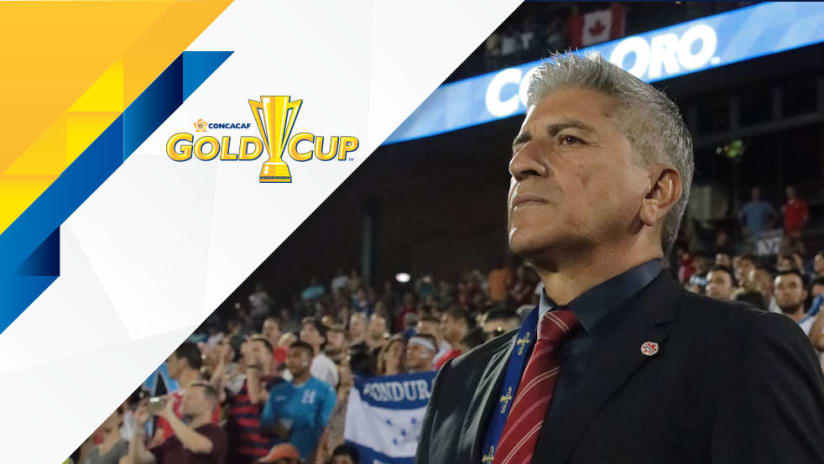It’s convenient to say now, but it’s also true – Canada’s appearance at the 2017 Gold Cup was never about winning the whole thing.
Let’s recall, this was a team dragging the albatrosses of two goalless Gold Cups (2013 and 2015) and a fizzled-out qualifying campaign for Russia 2018, in a transitional period under an untested head coach (Octavio Zambrano) and without two of its all-time greats, Atiba Hutchinson and Julian de Guzman.
Virtually nobody (one notable exception notwithstanding) believed Canada would hoist the comically oversized championship trophy. For reeling fans of Les Rouges, just some signs of life would suffice – and they certainly got them.
Despite a 2-1 loss to Jamaica in Thursday night’s quarterfinal, Canada picked up some lessons that could prove valuable as the team continues to develop.
Canada can attack!
Years of anemic goal-scoring output helped reinforce the perception that donning a Canada kit somehow transforms men into cement-booted pylons. But at this Gold Cup, it was definitively shown that with the right approach, tactics and personnel, the Canadian men’s national team can indeed be enjoyable to watch.
There’s still work to do in terms of solidifying connections and getting everyone, including those who didn’t feature at this tournament, on the same page. But from Alphonso Davies’ remarkable debut against French Guiana, to Junior Hoilett’s single-minded trailblazing against Jamaica, to Scott Arfield’s thread of excellence running through the entire tournament, there is plenty to build upon.
Never mind that all of a sudden, there’s legitimate debate about who’ll start as a central striker on any given day, between the likes of Cyle Larin, Lucas Cavallini and even Anthony Jackson-Hamel. It’s a luxury Canada hasn’t had in a good long while.
Confidence pays off
For the first time in over a decade, the national team has a manager willing to repeatedly and clearly articulate faith in his team’s ability and desire to win games, as well as the pedigree to make such declarations credible. The players repaid that confidence with a newfound sense of energy and urgency on the field.
While comparisons between the two teams are usually fraught with false equivalencies, one can’t help but wonder whether Zambrano’s approach could do for the men’s team what John Herdman has been able to do for the women’s team.
Fullbacks of the future?
If you’d have looked at Canada’s Gold Cup roster ahead of time, and had to predict which players would play every minute of every game, it’s extremely unlikely that Michael Petrasso would have made your list.
Yet there was Petrasso – with just two Canada appearances to his name before this summer – in the right fullback position many had assumed would go to Fraser Aird. While his performances were far from perfect, he did show promise in a position that’s been somewhat up in the air since Paul Stalteri’s retirement in 2010.
On the other side of the field, Sam Adekugbe made his first two senior-team starts, against Costa Rica and Honduras, and did decently in the time he was given. While the left fullback position is seemingly still Marcel de Jong’s to lose, it’s clear that Adekugbe and Petrasso, both 22-years-old, are worthy of Zambrano’s attention.
Building at the back
Fittingly, just at the moment that Canada appears to have found its footing on the attacking side of things, questions are emerging about the defending side.
The team has undoubtedly missed veteran David Edgar, who’s out with a long-term injury, and though Dejan Jakovic and Steven Vitoria did reasonably well for much of the tournament (though they were burned by the speed of Jamaica), they’ll be 37 and 35, respectively, by the time Qatar 2022 rolls around.
Manjrekar James, 23, has been a pleasant surprise in recent times and 22-year-old Samuel Piette’s impressive showing throughout the Gold Cup was enough to dispel the bleakest visions of what Canada’s post-Hutch, post-JDG central midfield would look like.
Although those two have now seemingly cemented themselves as fixtures in the spine of this team, it’s clear Zambrano will still be searching for defense-minded building blocks in the five-year run-up to Canada’s next potential World Cup appearance.













